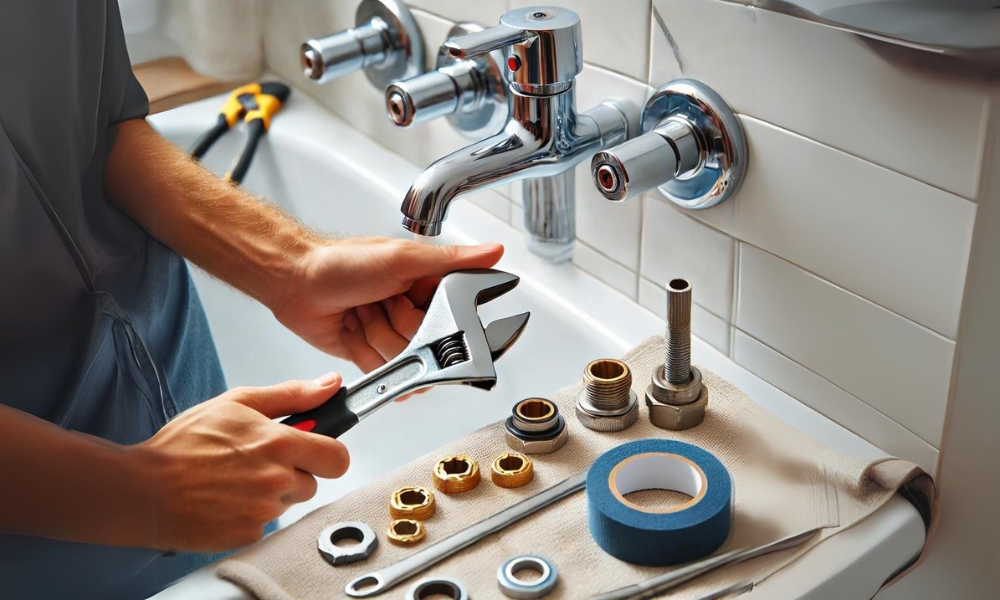A seemingly minor issue, Fix a loose bathtub faucet, can quickly spiral into a series of complications if left unattended. What might initially present as a mere annoyance—a faucets that wobbles or drips—can evolve into more significant issues such as extensive water damage or mold growth. The stability of your faucet is not merely a matter of convenience but a crucial element in maintaining the integrity of your bathroom’s plumbing system. Addressing this issue promptly not only ensures a smooth operation but also averts potential damages that could necessitate costly repairs. This guide provides a comprehensive overview of the steps required to secure your faucet and maintain its optimal performance.
What Is A Loose Bathtub Faucet?
A loose bathtub faucet is one that lacks a firm attachment to either the wall or the bathtub itself. This condition manifests as noticeable wobbling or shaking when the faucets handle is engaged, and it often leads to unsightly leaks. The root causes of this looseness can vary: from everyday wear and tear to suboptimal installation practices or damage to the mounting hardware. Identifying and rectifying this looseness is vital for ensuring the continued functionality and longevity of your faucets, as well as maintaining a leak-free and stable fixture.
Why You Should Address A Loose Faucet Promptly
The urgency in addressing a loose faucet cannot be overstated. Primarily, a loose faucet is a common precursor to leaks, which can instigate water damage to your bathroom’s surfaces and potentially foster mold growth—a health hazard. Secondly, the instability of a loose faucets can accelerate wear on its components, leading to more severe issues and requiring extensive repairs or even replacements in the future. By tackling the issue promptly, you safeguard your faucets lifespan and protect your home from consequential water damage.
Essential Tools And Materials For Fixing A Loose Bathtub Faucet
Before embarking on the repair journey, it is imperative to assemble the necessary tools and materials. The essentials include:
- A wrench or adjustable pliers
- Screwdrivers (both flathead and Phillips)
- Replacement washers or O-rings (as needed)
- Plumber’s tape
- A cloth or rag for cleaning
Equipped with these tools, you can streamline the repair process, minimizing potential delays or complications and ensuring a more efficient and effective resolution.
Safety First: Precautions Before Starting The Repair
Prioritizing safety is crucial when addressing a loose bathtub faucets. Begin by turning off the water supply to prevent unexpected flooding during your repair work. Additionally, shield your bathroom surfaces by placing a cloth or towel around the work area. Donning safety goggles and gloves can further mitigate any potential hazards, ensuring a safer repair experience.
Identifying The Type Of Faucet You Have
Different faucet types necessitate different repair techniques. Common varieties include single-handle faucets, double-handle faucets, and diverter faucets. Proper identification of your faucets type is essential for selecting the appropriate repair method and ensuring the problem is addressed effectively. Understanding the specific design of your faucet will guide you in implementing the correct repair strategy.
Step-By-Step Guide To Fixing A Loose Bathtub Faucet
1. Turn Off The Water Supply
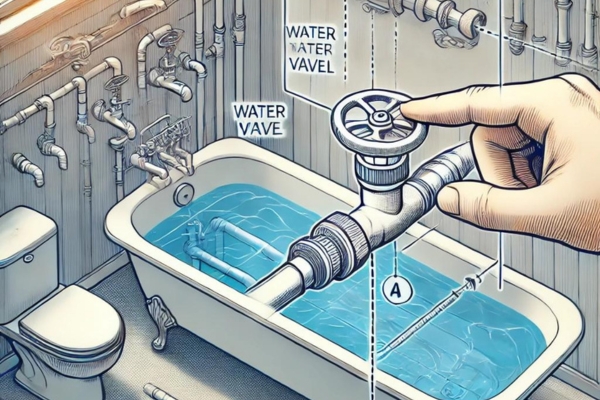
Locate and shut off the valves controlling the water supply to your bathtub. This step is crucial to prevent any water flow while you work on the faucet, thus averting potential messes or accidental flooding.
2. Drain The Water Lines
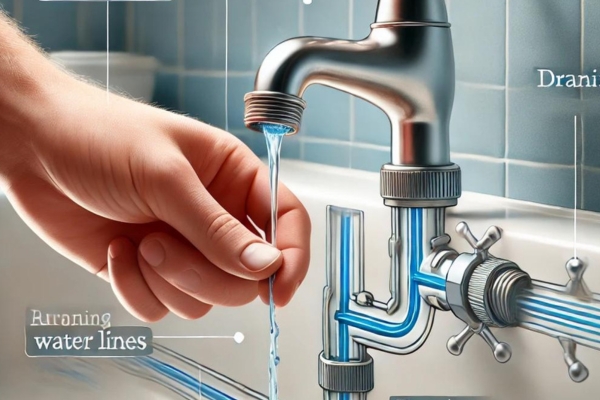
Open the faucets to drain any residual water from the lines. This step helps avoid spills and ensures a clean and efficient repair process by emptying the system of any remaining water.
3. Remove The Faucet Handle
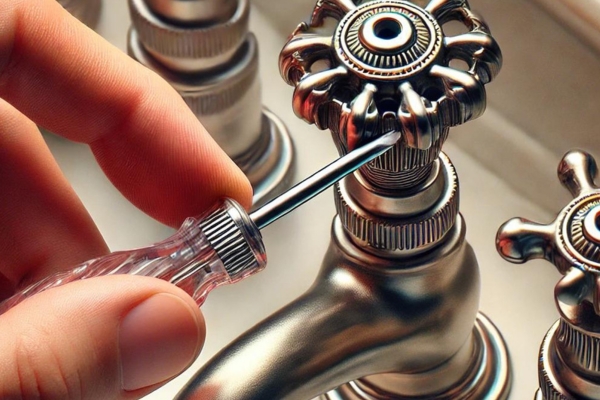
Utilize a screwdriver to detach the handle from the faucets. Depending on the model, you might need to remove a decorative cap to access the securing screw. Ensure that all components are carefully handled to avoid damage.
4. Inspect The Handle And Valve
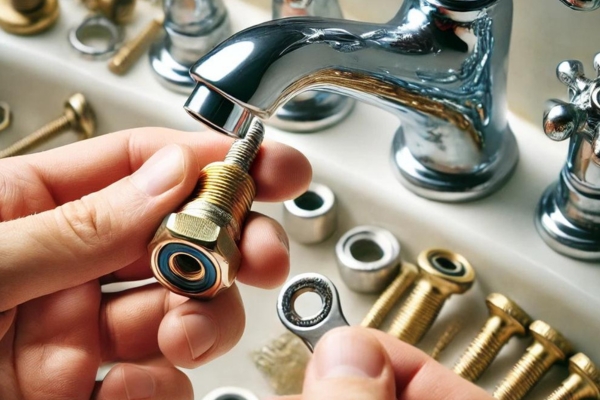
With the handle removed, examine both the handle and valve for signs of wear or damage. Look for loose screws, worn washers, or any other compromised components that may be contributing to the instability.
5. Tighten The Mounting Nuts
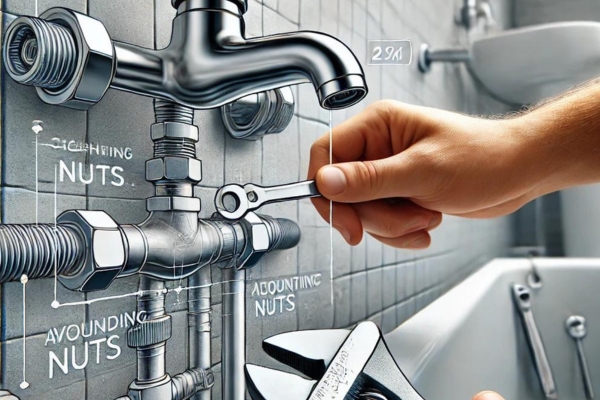
Identify the mounting nuts that secure the faucets to the bathtub or wall. Employ a wrench or adjustable pliers to tighten these nuts. Exercise caution to avoid overtightening, which could lead to damage.
6. Replace Any Worn Parts
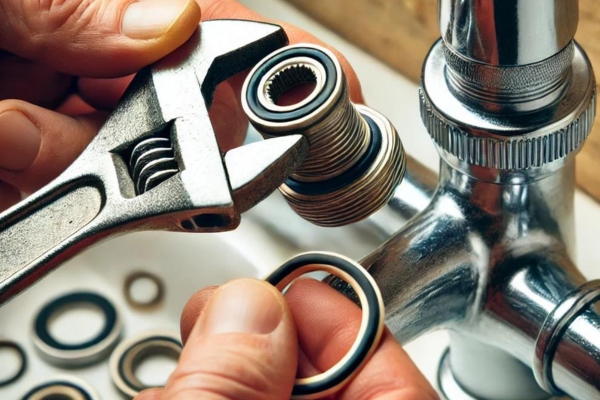
If worn or damaged parts such as washers or O-rings are detected, replace them with new components. These parts are critical for maintaining a watertight seal and ensuring proper faucet operation.
7. Reassemble The Faucets

After replacing any defective parts, reassemble the tube by reversing the disassembly steps. Ensure that all components are securely in place and that the handle is properly aligned.
8. Turn On The Water Supply
Once reassembly is complete, restore the water supply. Turn on the tube and check for leaks or any issues with the faucets’ performance.
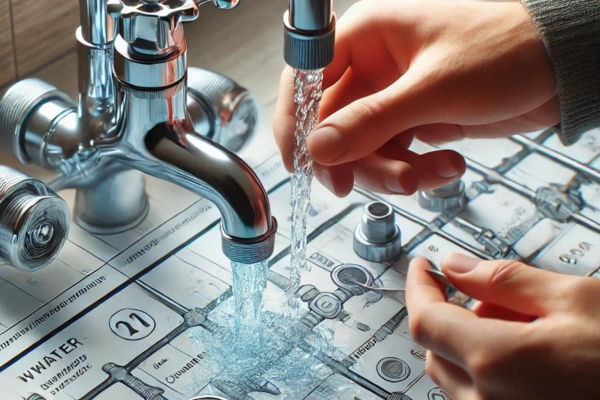
9. Test The Faucets For Stability
Conduct a gentle test of the tube to ensure it is securely Fix Squeaky Faucet Handle and does not wobble. Confirm that the handle operates smoothly and that there are no signs of leakage.
Common Problems And Solutions For Loose Bathtub Faucets
Dripping Faucets After Repair
If the tube continues to drip post-repair, the issue may lie with a faulty washer or seal. Inspect these components and replace them as necessary to resolve the issue.
Faucets Still Wobbles
A persistent wobble could indicate insufficient tightness of the mounting nuts or damage to the faucet base. Recheck the nuts’ tightness and examine the base for any signs of damage that may require attention.
Difficulty Tightening The Faucets
Should you experience difficulties in tightening the faucet, ensure that you are using the correct tools and that the nuts are not stripped. Applying plumber’s tape to the threads can help achieve a tighter seal.
Tips For Maintaining Your Bathtub Faucets
Regular Inspection And Maintenance
Frequent inspection of your faucet for signs of looseness or wear is advisable. Routine maintenance helps prevent minor issues from escalating and extends the lifespan of your tube.
Cleaning The Faucets To Prevent Build-Up
Periodically clean your faucet to eliminate mineral build-up or debris. Use a mild cleaner and a soft cloth to prevent scratching and maintain the faucet’s appearance.
Lubricating Moving Parts
Apply a small amount of lubricant to the moving parts of the faucet to ensure smooth operation. Regular lubrication helps reduce friction and minimizes wear over time.
When To Call A Professional Plumber
Signs You Need Professional Help
If persistent issues with your faucet cannot be resolved through DIY methods, it may be time to seek professional assistance. Continuous leaks, extensive damage, or an inability to fix the tube yourself are indicators that expert intervention may be required.
Choosing The Right Plumber
Select a plumber who is licensed and experienced in handling faucet repairs. Review customer feedback and seek recommendations to find a reputable professional capable of delivering high-quality service.
Preventive Measures To Avoid Future Issues
To avoid future problems with your bathtub faucet, adhere to proper maintenance practices and address minor issues promptly before they develop into major problems. Regular inspections and timely repairs are key to preventing costly replacements and ensuring smooth tube operation.
How Often Should I Check My Bathtub Faucets For Looseness?
Regular inspections every few months are advisable. Routine checks help identify any signs of looseness early, allowing for timely intervention before issues escalate.
Can I Fix A Loose Bathtub Faucets Myself If I Have No Experience?
Yes, with the right tools and guidance, many individuals can successfully repair a loose faucet. Following a clear, step-by-step guide can facilitate a successful repair.
What If The Faucets Are Still Loose After Tightening?
If the faucet remains loose post-tightening, there may be an issue with the mounting hardware or the tube itself. Inspect the components for damage and consider replacing any worn parts.
How Do I Know If I Need To Replace Any Parts?
Parts should be replaced if they exhibit signs of wear such as cracks, tears, or significant degradation. New washers, O-rings, or other components can restore the faucet’s functionality and performance.
Conclusion
By following the steps outlined in this guide, you can effectively address and resolve issues with a loose bathtub faucet, resulting in a secure and stable fixture. Routine maintenance and prompt repairs are crucial for extending the faucet’s functionality and performance. With diligent attention and care, you can ensure that your tube remains in optimal condition, enhancing your bathing experience.
